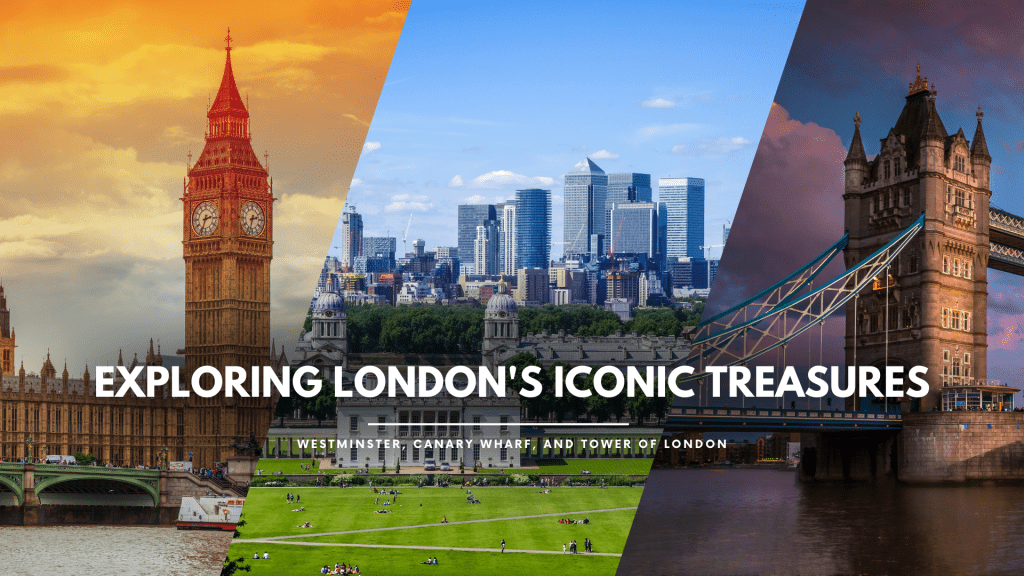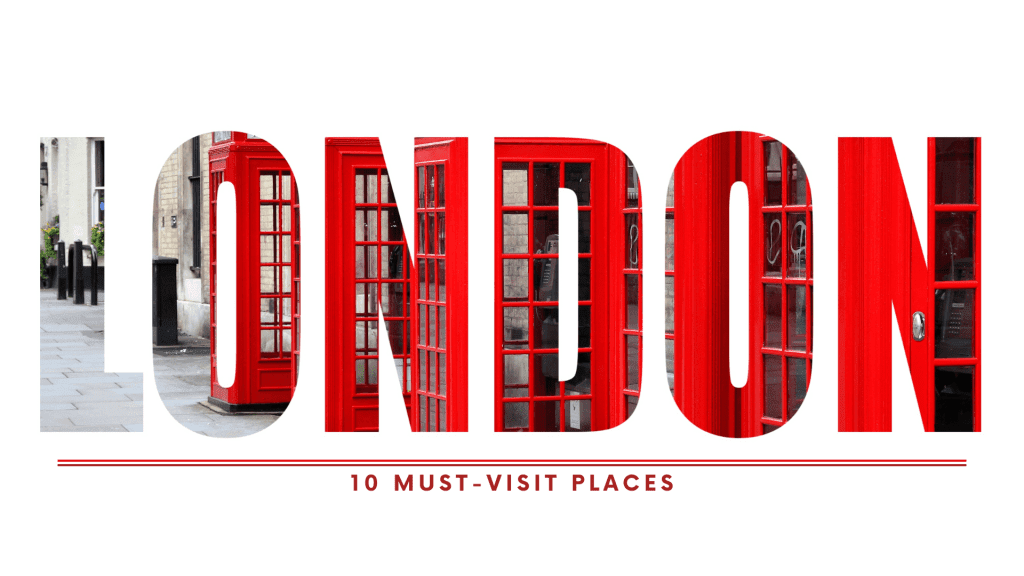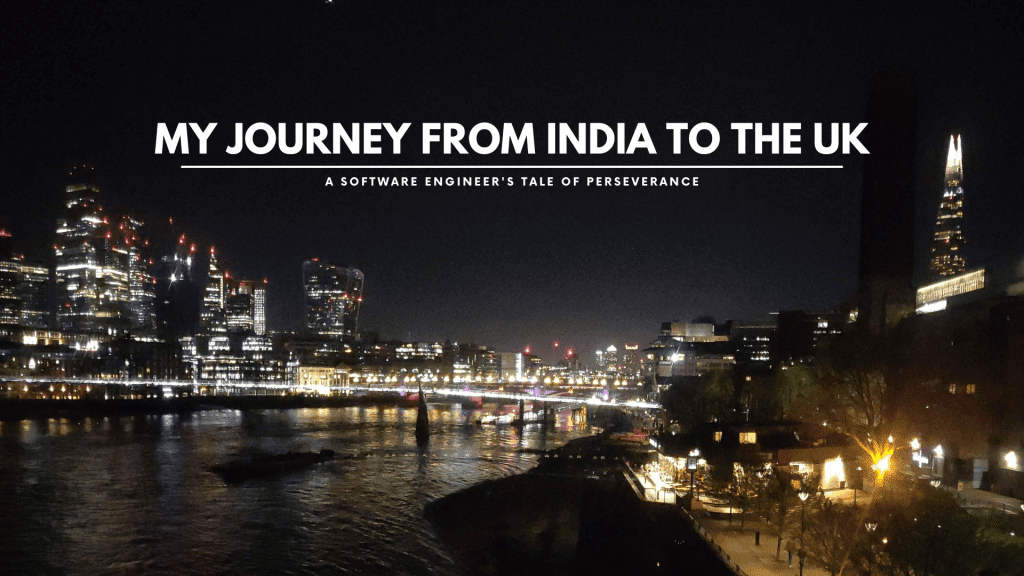Introduction
London, the vibrant capital of England, is a city steeped in history, culture, and modernity. Among its myriad attractions, three iconic landmarks stand out: Westminster, Canary Wharf, and the Tower of London. Each destination offers a unique perspective on the city’s past, present, and future. In this comprehensive guide, we delve into the rich tapestry of these places, exploring their historical significance, architectural marvels, cultural vibrancy, and contemporary relevance.
Westminster: A Tapestry of History and Power
Westminster, synonymous with British political power, is a district brimming with historical landmarks, governmental institutions, and architectural splendors. At its heart lies the Palace of Westminster, home to the Houses of Parliament, where the country’s laws are debated and enacted. The iconic Big Ben clock tower, with its melodious chimes, stands tall, a symbol of London’s timeless charm.
Exploring Westminster Abbey unveils centuries of royal coronations, weddings, and burials, making it a sacred site in British history. Its intricate Gothic architecture and majestic interior leave visitors in awe of its grandeur. Nearby, the Churchill War Rooms offer a glimpse into the secret underground headquarters where Winston Churchill and his cabinet directed the course of World War II.
As evening descends, the luminous glow of Westminster Bridge and the River Thames provide a picturesque backdrop, inviting leisurely strolls and captivating views of London’s skyline. The blend of historical significance and contemporary vibrancy makes Westminster an unmissable destination for visitors and locals alike.
Canary Wharf: A Modern Financial Oasis
In stark contrast to Westminster’s historical charm, Canary Wharf represents London’s modernity and economic prowess. Located in the bustling Docklands area, this financial district is a testament to urban regeneration and architectural innovation. Once a thriving port, Canary Wharf has transformed into a dynamic hub of skyscrapers, corporate headquarters, and cultural amenities.
The iconic One Canada Square skyscraper dominates the skyline, symbolizing the district’s status as a global financial center. Canary Wharf’s underground shopping malls, such as Jubilee Place and Cabot Place, offer a plethora of retail therapy options, from high-end boutiques to artisanal markets. Culinary delights abound in its diverse array of restaurants, catering to every palate.
Beyond its commercial façade, Canary Wharf boasts green spaces like Jubilee Park, providing a serene escape amidst the urban hustle. The Crossrail Place Roof Garden, with its exotic flora and panoramic views, offers a tranquil oasis amid the bustling metropolis. Whether it’s business, leisure, or cultural experiences, Canary Wharf presents a dynamic tapestry of opportunities in London’s ever-evolving landscape.
Tower of London
Fortress of History and LegendThe Tower of London stands as a formidable symbol of England’s medieval past, embodying centuries of history, intrigue, and royal heritage. Built by William the Conqueror in the 11th century, this fortress has served various roles throughout its storied existence, from royal residence to prison, mint, and treasury.
Within its ancient walls lie treasures such as the Crown Jewels, a dazzling collection of regalia, including crowns, scepters, and orbs, symbolizing the monarchy’s enduring splendor. The Tower’s resident ravens, steeped in myth and legend, are guardians of the realm, their presence believed to protect the kingdom from harm.
Visitors can embark on guided tours led by Yeoman Warders, or “Beefeaters,” who regale them with tales of treason, executions, and ghostly apparitions that haunt the Tower’s corridors. The White Tower, with its imposing architecture and immersive exhibitions, offers insights into medieval warfare, armor, and weaponry.
Beyond its historical significance, the Tower of London continues to capture the imagination of visitors worldwide, serving as a cultural icon and UNESCO World Heritage Site. Its blend of architectural magnificence, royal legacy, and macabre history makes it an essential stop on any London itinerary.
Conclusion
Westminster, Canary Wharf, and the Tower of London represent three distinct facets of London’s multifaceted identity: historical grandeur, modern sophistication, and medieval mystique. Whether you’re drawn to the seat of political power, the pulse of financial activity, or the echoes of centuries past, each destination offers a captivating journey through the annals of time. As you traverse the streets of London, you’ll find yourself immersed in a rich tapestry of culture, heritage, and innovation, where the past meets the present in a harmonious blend of tradition and progress.







